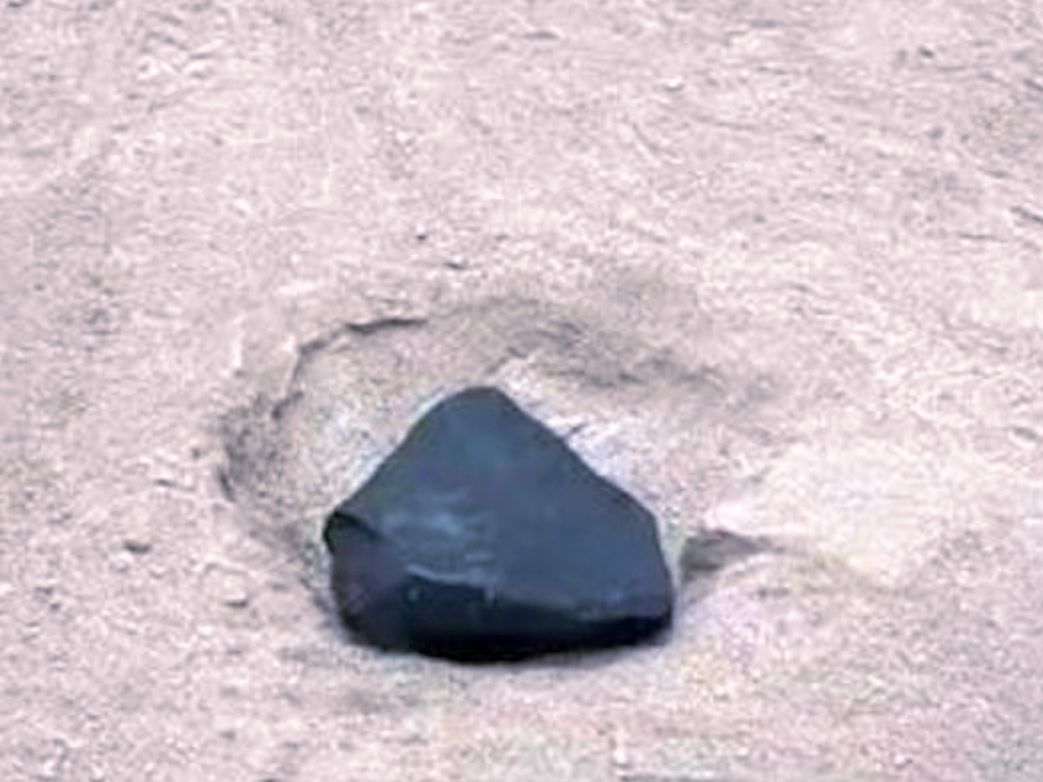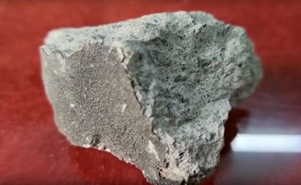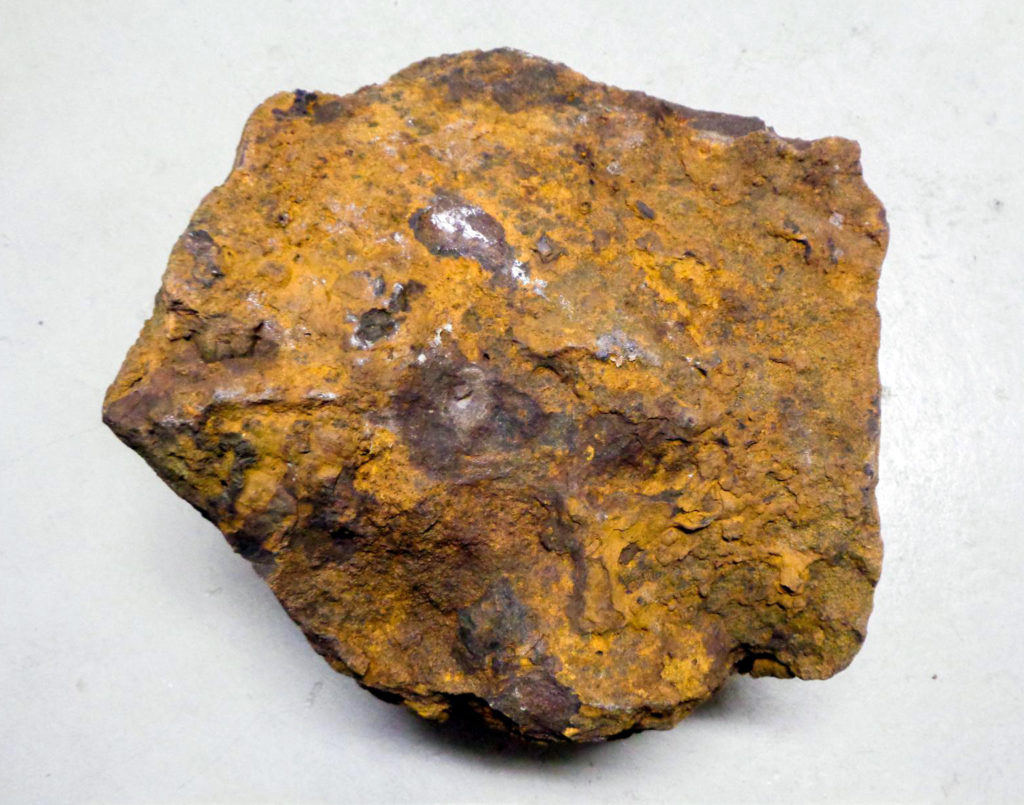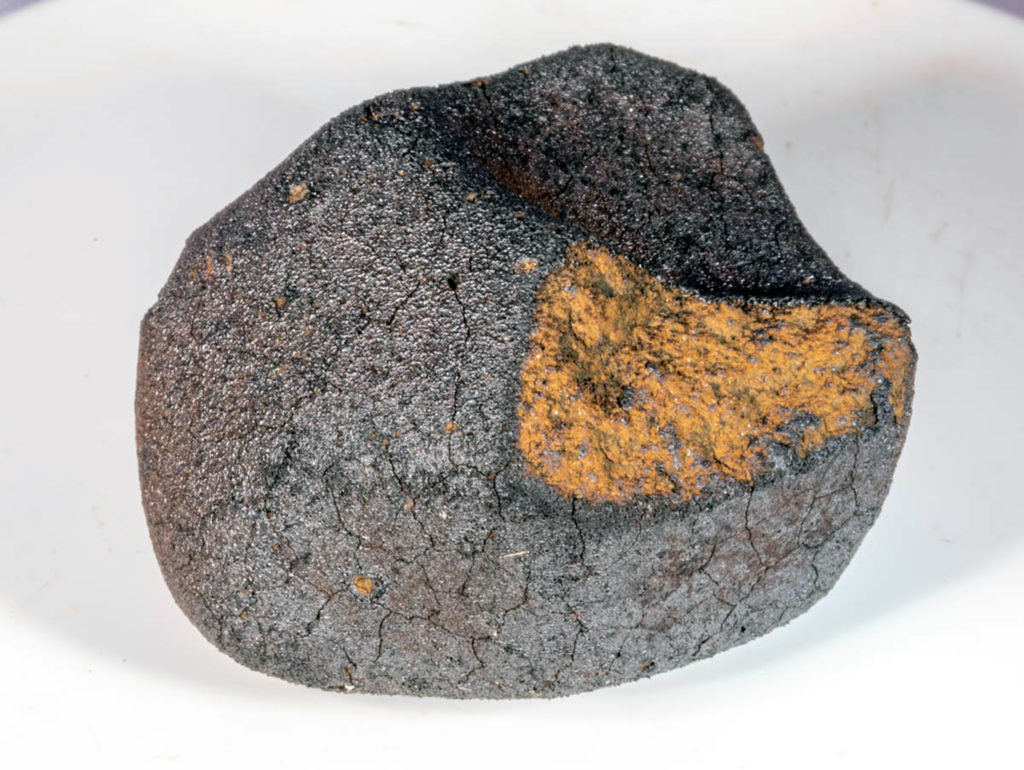Textural coarsening as the cause for impact-melt like plagioclase crystal size distributions and subtle layering in high-Al basalt 14053OPEN ACCESS
Stu Webb, Clive R. Neal, Bridget Guiza, James M. D. Day
MAPS, Version of Record online: 07 May 2025
LINK (OPEN ACCESS)
PDF (OPEN ACCESS)
“High-Al Apollo 14 basalt 14053 has been identified as an endogenous partial melt product from the lunar interior based on geochemical analyses, specifically low abundances of highly siderophile elements, but exhibits textural characteristics similar to those of impact melts. Prior studies of this sample have described mineralogical differences between “interior” and “exterior” portions, which have been attributed to exposure at the lunar surface and subsequent metamorphism through subsolidus reheating within or in proximity to an impact-ejecta blanket. It has been demonstrated that quantitative textural analysis is a useful tool for distinguishing between lunar rocks altered by impact processes and those produced by endogenic magmatic processes. Such an approach is used in this study to analyze multiple thin sections cut from interior and exterior portions of 14053. The textural heterogeneity of plagioclase crystals among thin sections revealed in this study suggests that an impact-ejecta blanket likely impinged on the western side of 14053. This thermal metamorphism coarsened the plagioclase grains within that portion of 14053 so intensely that components diffused to form subtle layering and moderate textural heterogeneity that was quantifiable. These results also support previous conclusions that suggest the differences in reduction textures within this sample are due to the limited penetration depth of solar-wind implanted hydrogen prior to reheating. Thermal metamorphism can produce textural changes in lunar samples even if below the solidus temperature, such that the plagioclase texture of an endogenous basalt is sufficiently altered to that resembling an impact melt. These results highlight the significance of quantitative petrographic observations of lunar samples to reveal important petrogenetic information that has to be placed in proper spatial context to be understood.”
































